My previous post was an overview of the geology of Antelope Island and its non-bird wildlife. Here, I’ll focus on its birds.
Juvenile Loggerhead Shrike begging for food
Loggerhead Shrikes are common on many parts of the island during summer. They can be a challenge to approach but those few that nest close to the road eventually get used to traffic so if you photograph from your vehicle you can often get quite close. Here this juvenile was begging for food that was being delivered by a parent just out of frame to the left.
Loggerhead Shrike with dragonfly
Shrikes are often called “butcher birds” for their practice of temporarily impaling their prey on thorns or other sharp projections. This juvenile had done just that with the dragonfly but it wasn’t very good at it yet and in the end just decided to eat it instead of store it away.
Loggerhead Shrike with spider
Shrikes are opportunistic carnivores known to feed on insects, spiders, amphibians, small reptiles, rodents and other birds. This one also attempted to impale the prey before eating it.
Juvenile Burrowing Owl practicing its parallax technique on me
Burrowing Owls are one of my favorite species on the island though they can be difficult to locate from year to year as they often don’t seem to nest in the same burrow the next year. In the summer of 2009 there was an entire family of owls along the causeway to the island nesting under concrete rubble, as in the perch above. This past summer there were no owls to be seen there.
Burrowing Owl on sagebrush perch
This past summer (2010) we found a family of owls nesting at the base of some sagebrush close to the road on the island itself (not the causeway). I don’t believe there was a nest there in 2009. Usually the birds would hunker down in the shade under the sagebrush and not give me any clear shots at them but occasionally they would perch on the sage which gave me some nice photo opportunities.
Lens perspective
You may be wondering why I included the image above in a presentation like this. I did so because I thought those interested in bird photography might like to see the difference in magnification and background blur (bokeh) between a “normal” lens and a high quality super telephoto lens. The two images immediately above were taken within a few seconds of each other, from the same spot and are of the same owl. The shot directly above was taken at f/14 and 136mm (85mm x 1.6 crop factor of the camera) and then cropped to roughly 50% of full frame. The image above that one was taken at f/16 and 1120 mm (500mm lens x 1.6 camera crop factor x 1.4 teleconverter) and then cropped to 48% of full frame. The increased size of the bird in the frame and the much better detail of the bird in the image shot at 1120mm is obvious but compare the backgrounds of the two images. The lake and island in the background of the shot taken with the 500mm have been softened into a pleasing blur that enhances the subject and doesn’t compete with it. I love my 500mm!
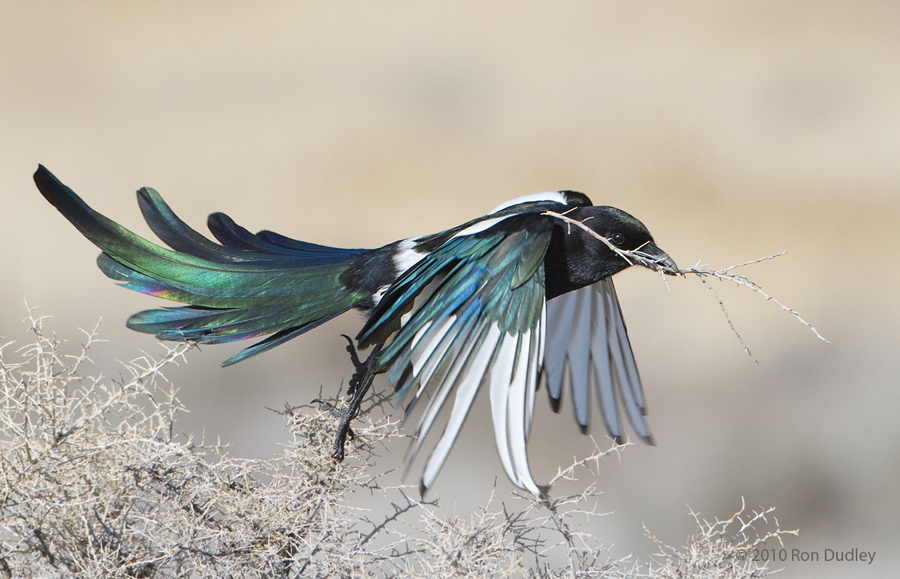 Black-billed Magpie with nesting material
Black-billed Magpie with nesting material
Antelope Island is crawling with magpies but they’re extremely difficult to photograph well because of the difficulties involved with exposing blacks and whites for detail and because they typically fly off whenever they think you’re paying attention to them. This past spring we found a nest-building pair right in the campground and spent many hours with them. Getting the iridescence to show is very tricky but if you spend enough time with them you learn which angles seem to work best and if you take enough shots you eventually get lucky.
Willet stretching
Willets are common on the northern third of Antelope Island during late spring and early summer. They nest on the mid-level slopes of the island away from the water and can be noisy and boisterous as they defend their territories.
Chukar flock on a rock
Chukars are another very common species that seems to prefer the northern part of the island. In late summer and fall they flock up like this but earlier in the season they seem to be much more solitary. When they are carving out territories during mating and nesting seasons it sometimes sounds like you’re inside a chicken coop with their calls reverberating over the hills and off the mountains.
Chukar on 2.7 billion year old Farmington Canyon Complex rock
These pleasingly plump birds like to find a rock to perch on when they’re calling on territory and I’ve found that to be the best time to photograph them as they’re generally reluctant to leave their rock. At other times of the year they’re usually skulking around in the brush and grass where it’s much more difficult to get a clear shot of them.
Lark Sparrow
Lark Sparrows aren’t nearly as common on the island as shrikes and Chukars and I don’t have many images of them. I intend to work on them harder next year.
Long-billed Curlew
Long-billed Curlews are common on the mid-level slopes during the mating and nesting seasons but after that they move down to the water for a few weeks and then just seem to disappear. Their call is another welcome sound that seems to bounce all around the island on a quiet early summer morning.
Western Meadowlark with grasshoppers
Western Meadowlarks are probably the most common bird on the island. They seem to be everywhere – spring, summer and fall. Their famous melodious call is beautiful and at times so loud that it can be startling if you aren’t expecting it.
Horned Lark fluffed up
Horned Larks aren’t extremely common but if you find a perch they like they seem to be creatures of habit and keep coming back to it.
Prairie Falcon takeoff
I’m not particularly proud of this shot as the image quality is mediocre but there are a variety of raptors on the island including Prairie Falcons and the occasional Peregrine Falcon. One of my goals for the future is to get some better shots of this species.
Eared Grebes along the causeway
The waters along the causeway are often loaded with birds. The birds in the photo above are Eared Grebes and this was only a small portion of the total number. This flock probably stretched for a quarter mile out of frame both to the left and the right of the photo edge.
There are, of course, many other species on Antelope Island than I’ve presented here. Their numbers do wax and wane of course and the best seasons for birding and bird photography are probably spring and early summer but I visit the island all year long and always find something interesting to see and photograph.
Ron


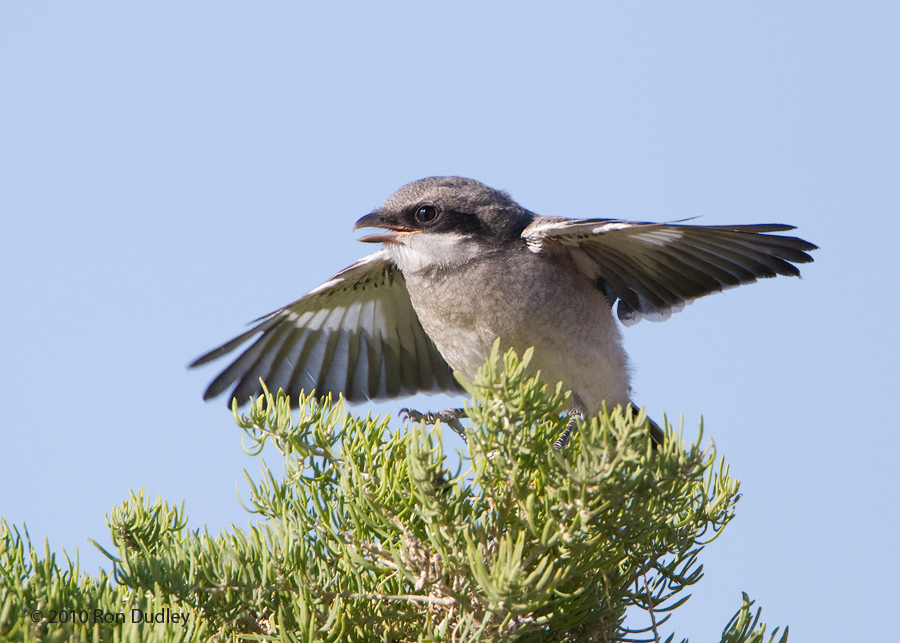
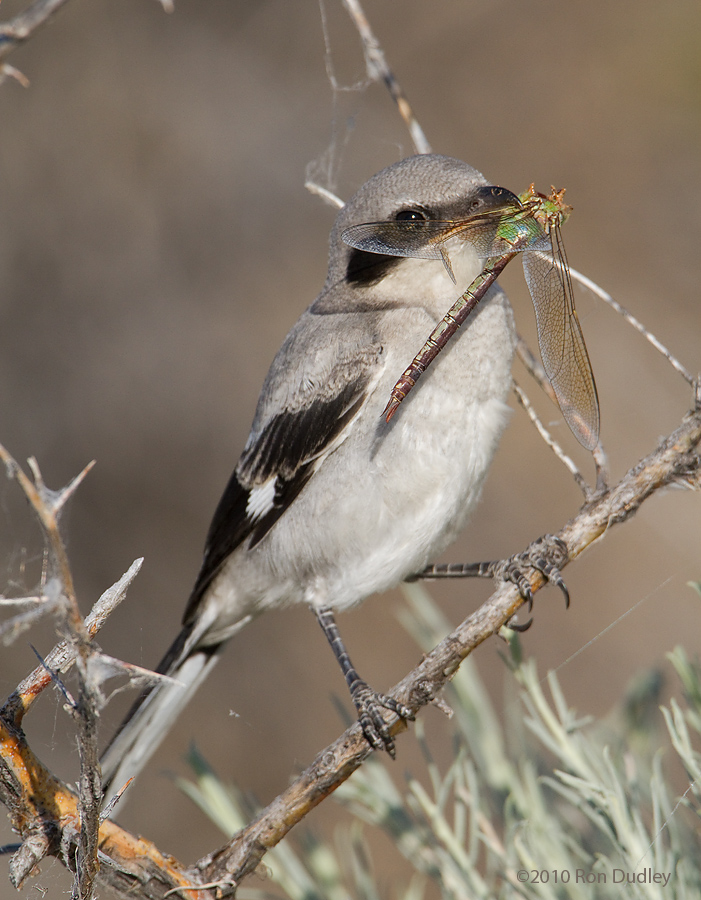
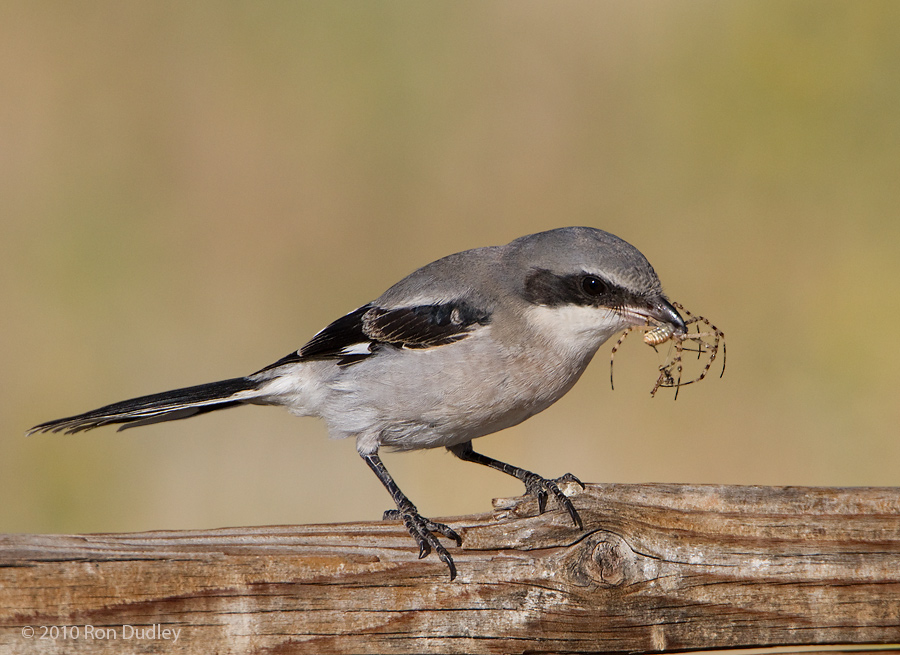
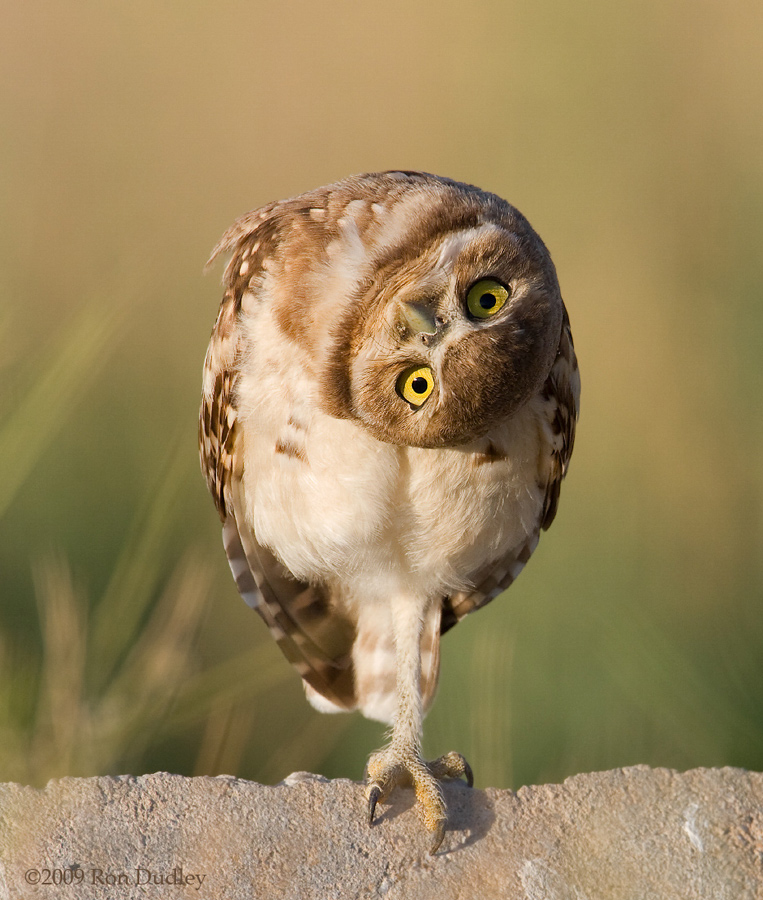
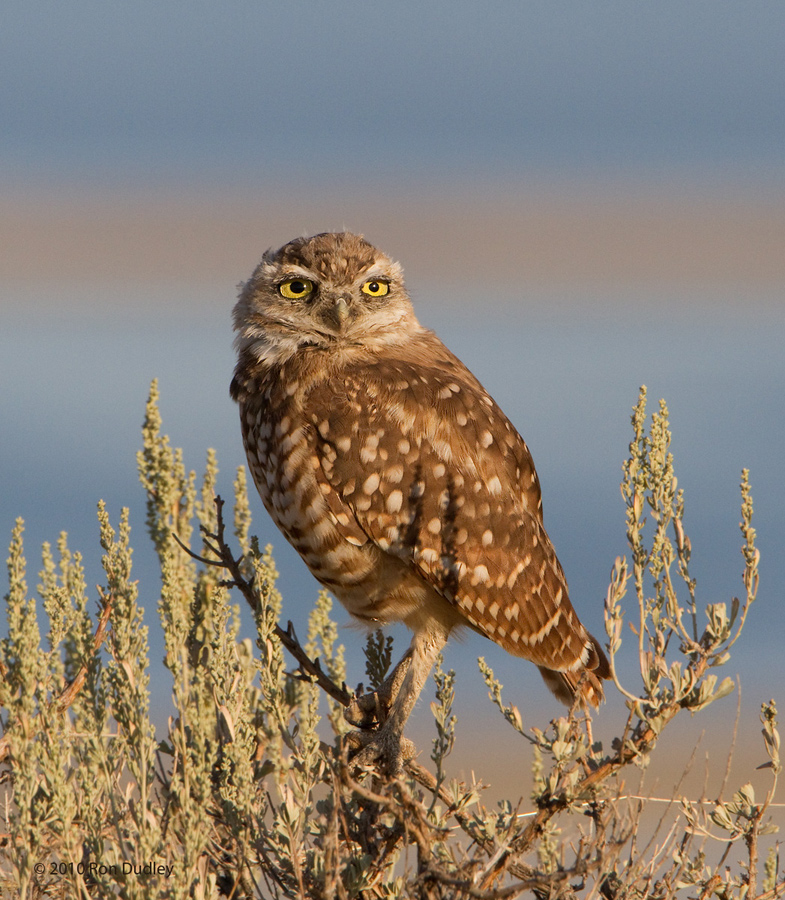
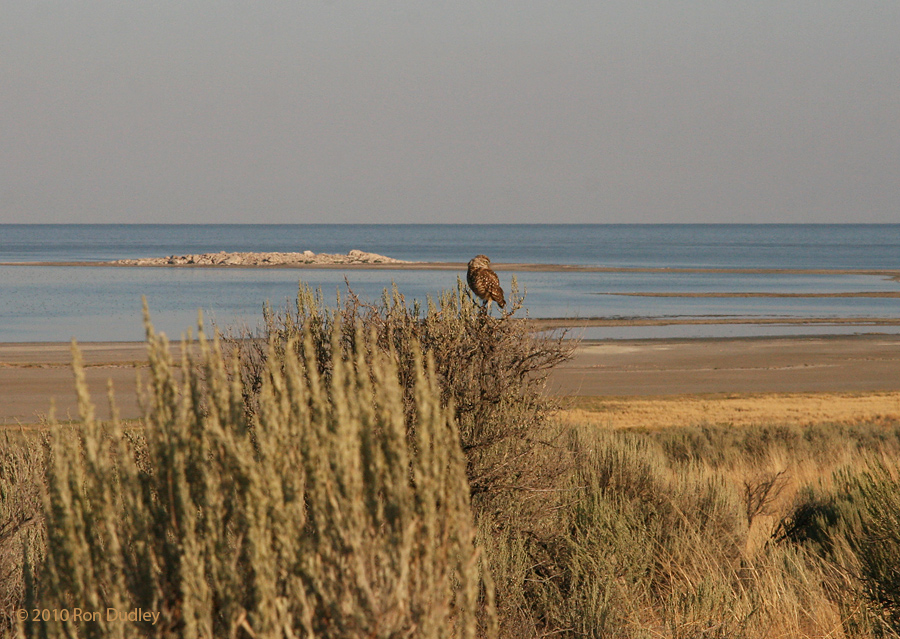
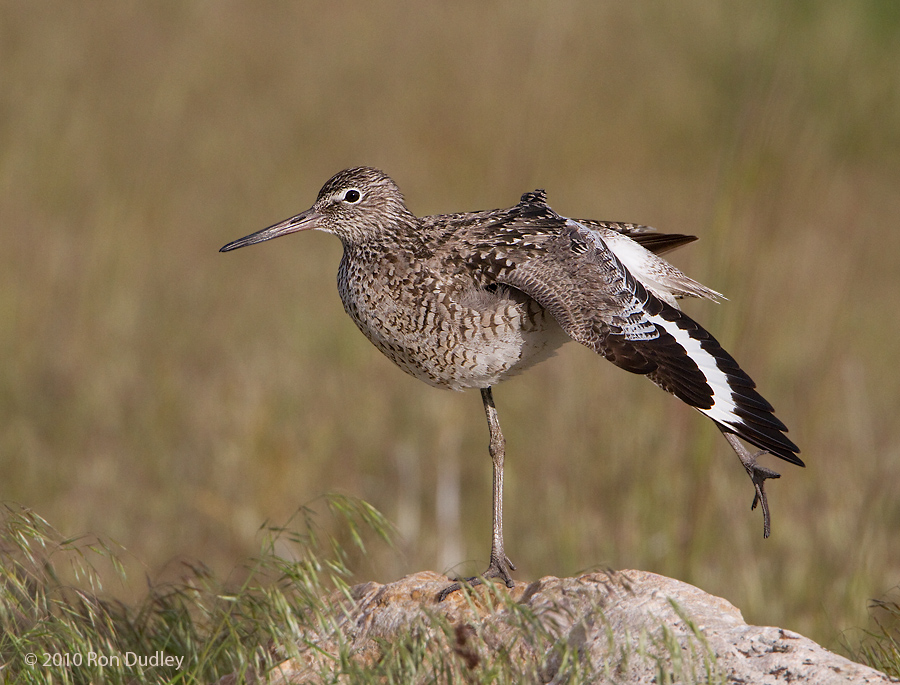
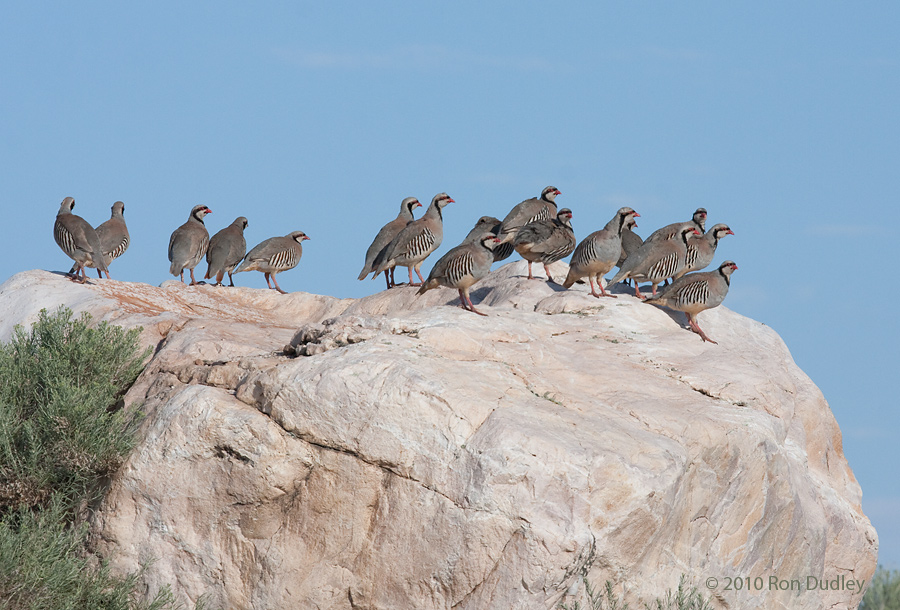
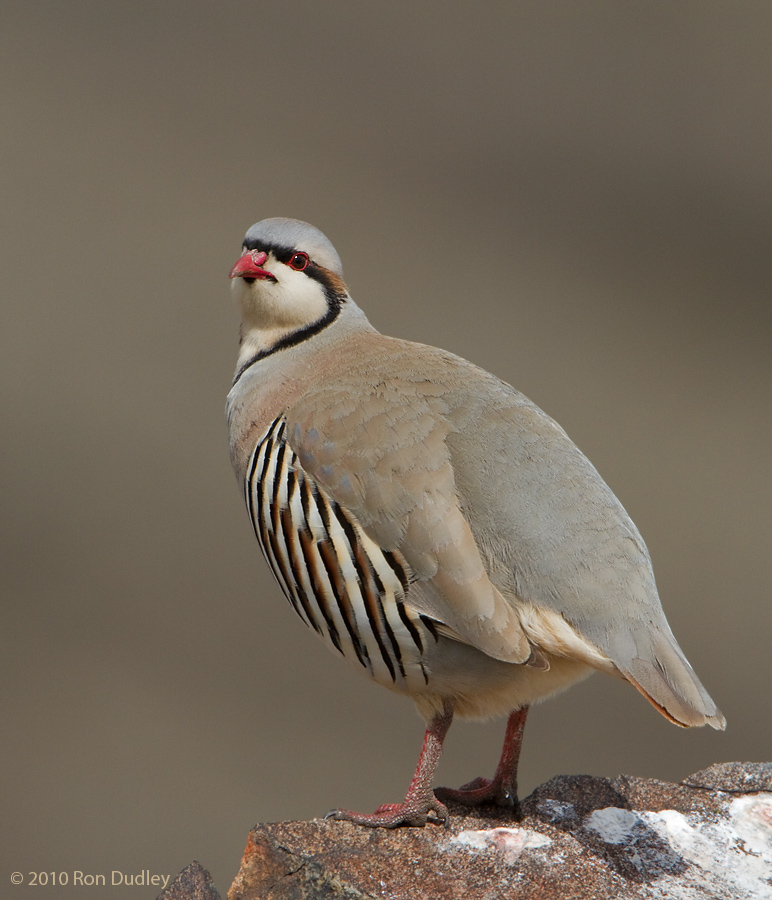
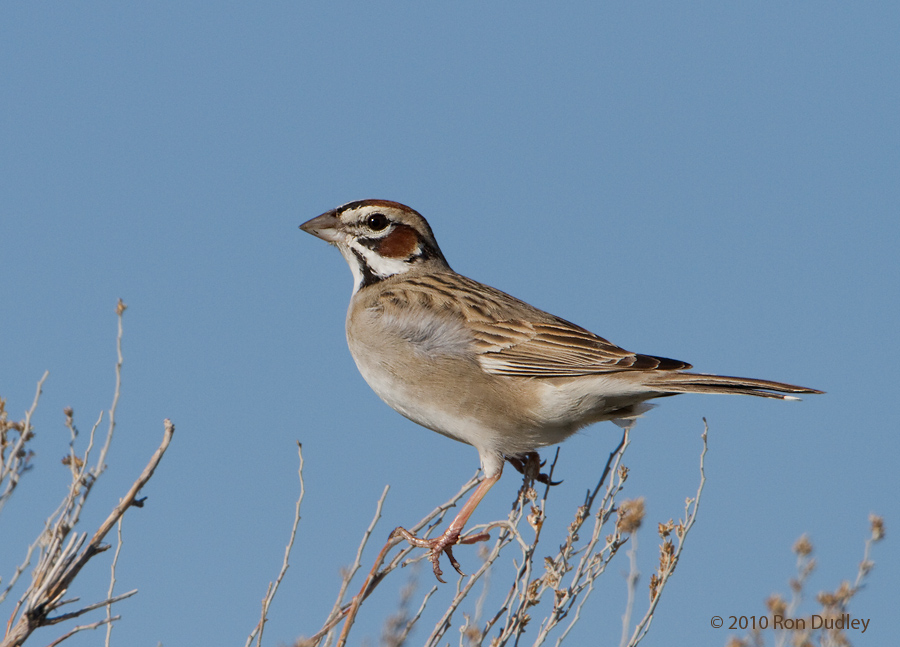
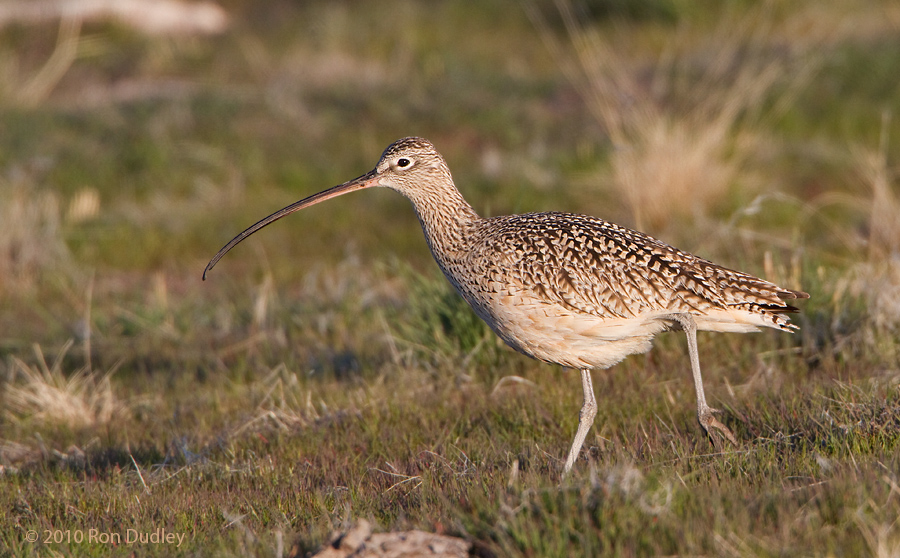

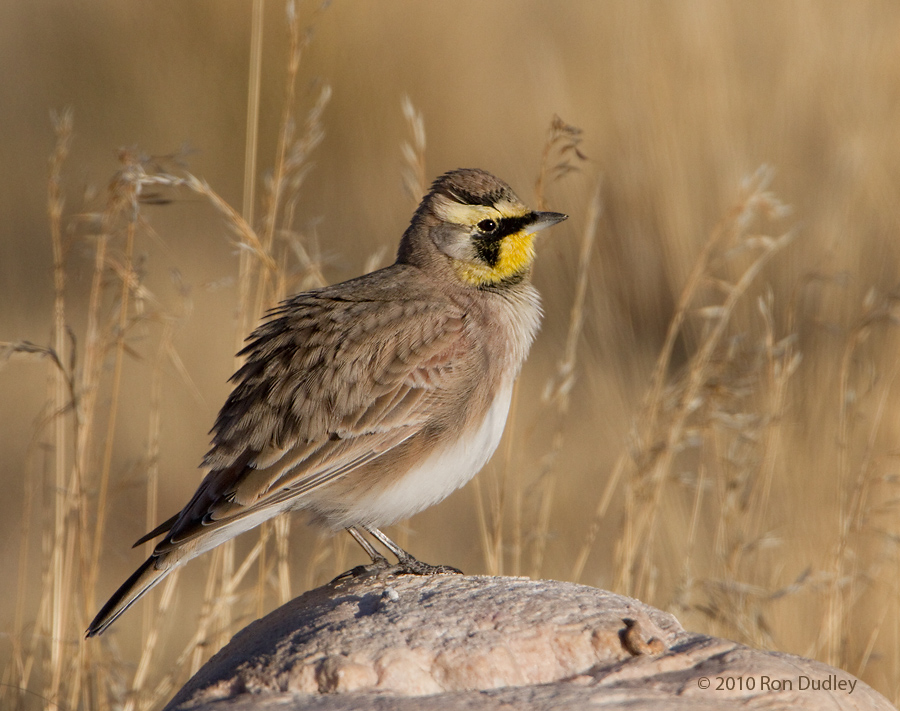
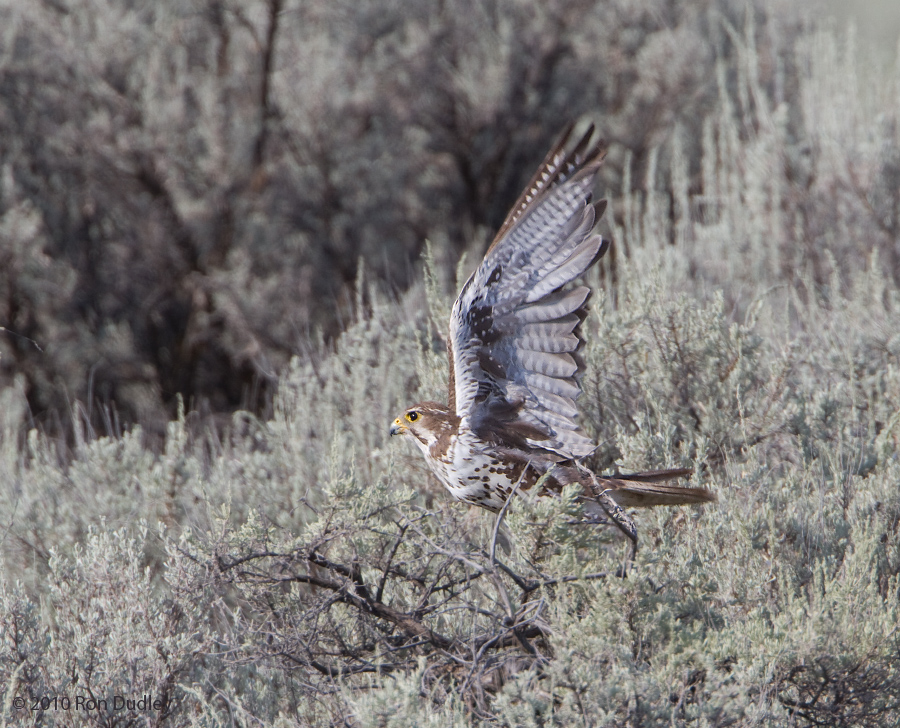
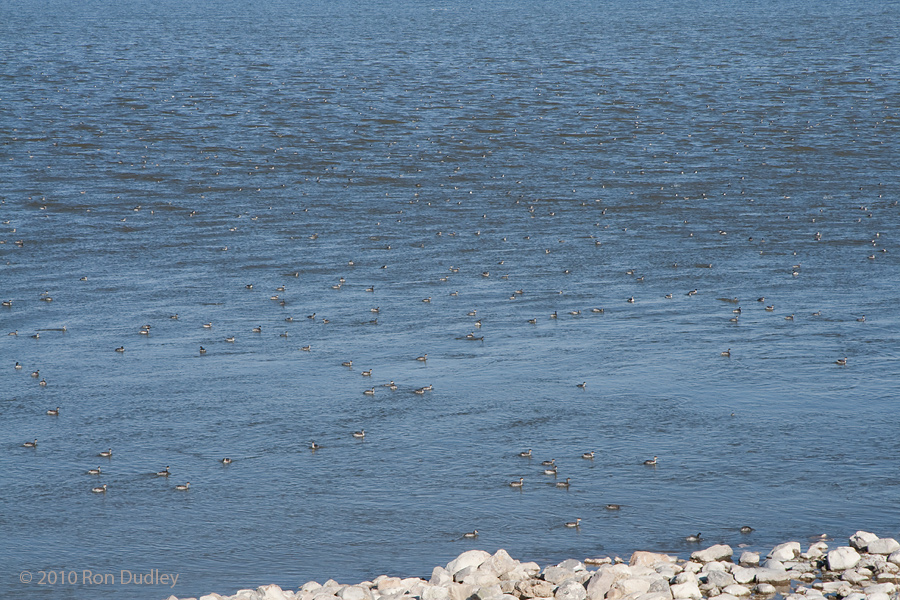
Ron, thanks for the information that comes along with your excellent photos.
I was on Antelope Island yesterday and took a quick hike up Frary Peak. As I was getting towards the bottom of the trail on the way down I saw two birds walking and hopping over the rocks. They didn’t seem too anxious that I was there. I had never seen these type of birds before and so I found your website and scrolled through the photos. They were Chukars – fat and beautiful – I just stood there for a long time marveling at the amazing colors. Thanks for posting these amazing shots and commentary – you helped me as a non-birder identify what I saw yesterday! Also on the way down I saw the most GINORMOUS Black Widow spider on the trail. UGH!
Thank you Alison. I was on the island yesterday too, in the morning. There was one car in the parking lot at the Frary Peak trailhead – perhaps it was you? And yes, “fat and beautiful” describes the Chukar very well, especially this time of year.
These are superb. I work pretty hard at this avocation as well, but it is a rare shot I get that could compete in quality with these. The magpie is awesome. I’m also using 500mm with 1.4X and a 1.6 sensor factor – most likely the same Canon equipment. As any experienced wildlife photographer knows, the equipment is necessary but not sufficient.
Your photos are A-MA-ZING!!
Thank you!
excellent post. what equipment do you use to shoot your birds.
Scott, Typically for birds I’m using a Canon 7d, Canon 500mm f/4 plus a 1.4 TC. Looks like you’ve spent some time around the Great Salt Lake too!
Excellent series of images from Antelope Island. We visited friends over in Draper and did a mt biking trip on the island several years ago and had a blast. Amazing the diversity of birds on the island. The burrowing owl looking at you upside down is my favorite (brought a big laugh) along with the Chukar flock on the rock. It is nice to read something about each image and interesting to see the area that one is photographing in. I see all these wonderful bird images on NPN and I just wonder what the setting or terrain looks like where the image was taken. This may be because I was a landscape photographer for so many years that has now become interested in bird photography. Wonderful narrative and images, great stuff.
Jim
Ron- very informative, as usual. You’re very fortunate to have such a resource so close to home, I’m envious. And if I might add the Prairie Falcon is NOT a bad shot, it shows the species habitat well.